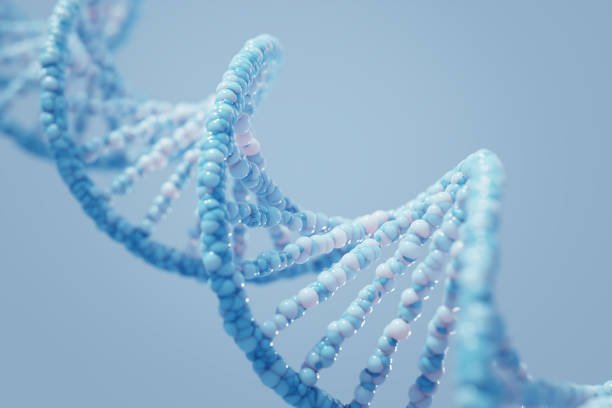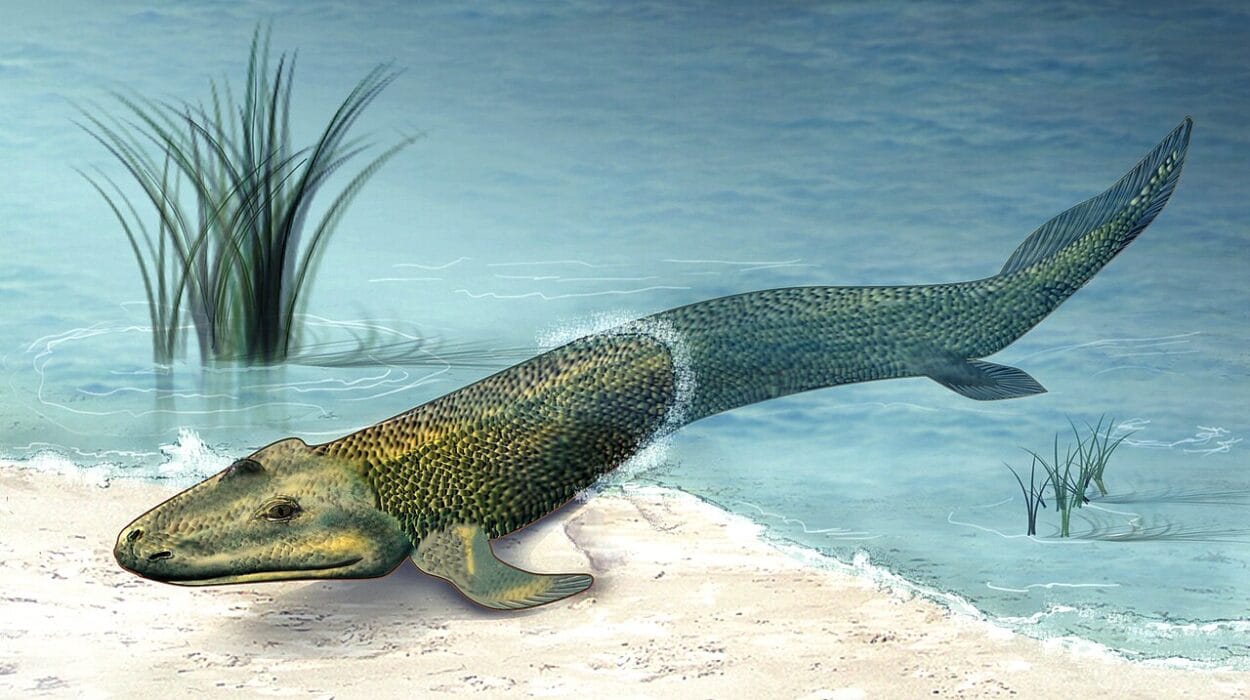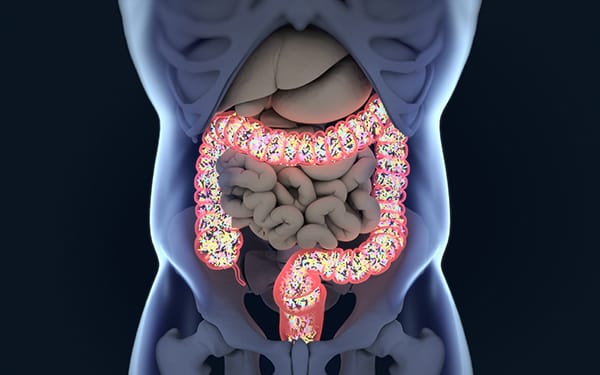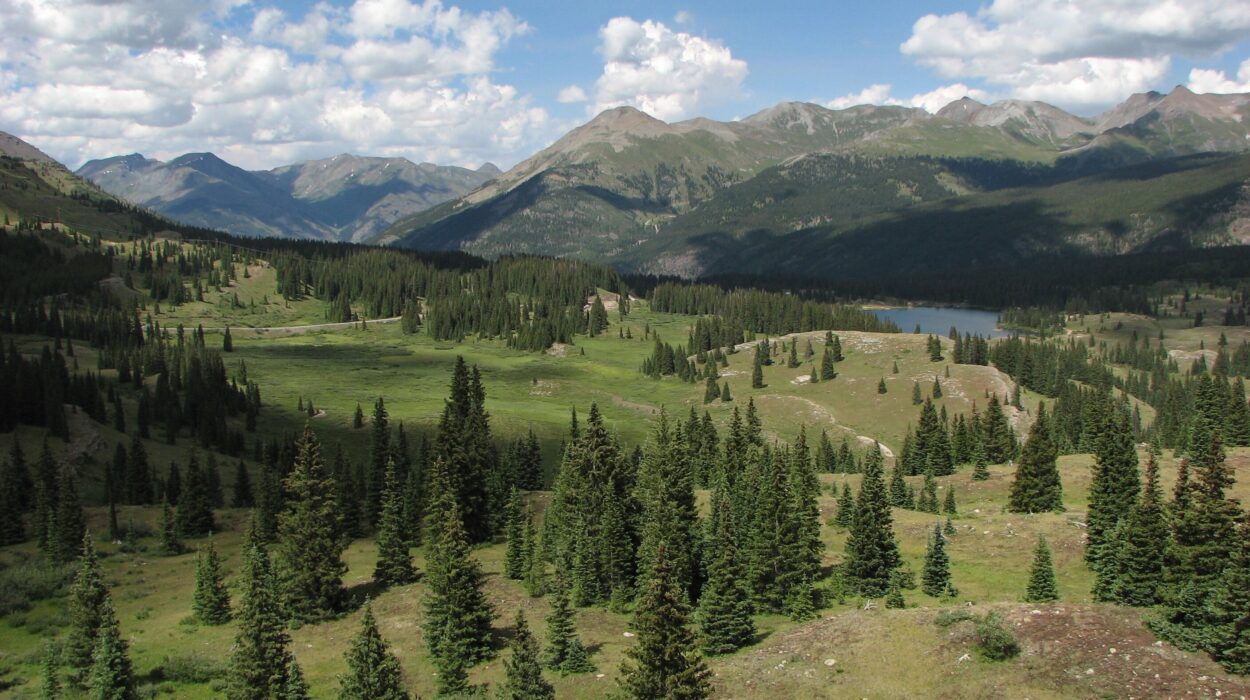Feathers—those intricate, lightweight structures that enable birds to soar gracefully through the sky—are much more than mere tools for flight. They are masterpieces of evolutionary engineering, showcasing a story that spans hundreds of millions of years. Behind their vibrant colors and delicate textures lies a fascinating history, one that begins long before the first true birds ever took wing. Today, feathers are celebrated for their aerodynamic brilliance and aesthetic allure, but their origins are far humbler—and far more intriguing.
A Deep Dive Into Feather Origins
For decades, scientists have puzzled over one of nature’s most astonishing transformations: how did scales evolve into feathers? Paleontological discoveries and cutting-edge developmental biology now offer compelling answers. Feathers, it turns out, didn’t emerge fully formed on the wings of ancient birds. Instead, they trace their ancestry back to dinosaurs, beginning as simple structures known as proto-feathers.
The story of proto-feathers begins around 200 million years ago in certain theropod dinosaurs, a group that includes the fearsome Tyrannosaurus rex and the lithe, bird-like Velociraptor. Some scientists even propose that these primitive feather-like structures appeared earlier—about 240 million years ago—in the common ancestor shared by dinosaurs and pterosaurs (those bat-like, winged reptiles of prehistoric skies). If true, this would place the origin of feathers close to the dawn of the archosaur lineage, a group that ultimately gave rise to crocodiles, dinosaurs, and birds.
Proto-Feathers: Simple Beginnings With Grand Potential
What exactly were proto-feathers? Far simpler than the complex feathers we see today, they resembled hollow, cylindrical filaments—imagine tiny, flexible tubes emerging from the skin. Unlike modern feathers, they lacked barbs (the interlocking branches that form the feather vane) and barbules (the microscopic hooks that hold barbs together). They also had no follicle, the skin invagination responsible for producing and anchoring feathers in place.
Despite their simplicity, proto-feathers were a game-changer. Initially, they likely served two primary purposes: thermal insulation and visual display. Imagine a small, warm-blooded dinosaur—its proto-feathers trapping heat close to its body as it darted through the undergrowth or displayed colorful plumes to attract mates or intimidate rivals. Over time, these simple structures were modified and diversified through natural selection, eventually leading to the complex feathers that made powered flight possible.
The Genetic Blueprint Behind Feather Evolution
Unraveling the genetic secrets of feather development has been a scientific adventure in its own right. At the forefront of this research is Professor Michel Milinkovitch and his team at the University of Geneva (UNIGE). Their work delves into the molecular signaling pathways that orchestrate the development of scales, hair, and feathers in modern vertebrates. One of the key players in this molecular dance is the Sonic Hedgehog (Shh) pathway—a communication system that transmits crucial messages within and between cells during embryonic development.
The Shh pathway is essential for forming the complex structures of modern feathers. In earlier research, Milinkovitch’s team demonstrated the remarkable plasticity of bird skin by manipulating this pathway. By injecting an activating molecule into the blood vessels of developing chicken embryos, they were able to permanently transform foot scales into feathered skin. Suddenly, chickens were sporting plumage where none had existed before.
But what happens if you block this key pathway instead of stimulating it? That’s exactly the question postdoctoral researcher Rory Cooper set out to answer.
Rewinding the Evolutionary Clock: Recreating Proto-Feathers in the Lab
In their latest experiment, published in PLOS Biology, Milinkovitch and Cooper set out to mimic the earliest stages of feather evolution by temporarily silencing the Shh pathway. By injecting a molecule that blocks Shh signaling into chicken embryos at a critical developmental window—the ninth day, just before feather buds appear—the team observed something astonishing. Rather than forming modern feathers with complex branches, the skin produced simple, unbranched structures. These resembled the proto-feathers hypothesized to have covered early feathered dinosaurs.
For a moment, it was as if they had turned back the evolutionary clock, reawakening ancient genetic instructions that had long been buried under layers of evolutionary refinement.
Evolution’s Resilience: The Robustness of Feather Development
The most surprising twist came later. By the 14th day of embryonic development, the embryos’ feather-forming machinery seemed to reboot itself. While the chicks hatched with patches of naked skin, dormant subcutaneous follicles spontaneously reactivated, ultimately producing normal feathers. It was as if the developing bird refused to be derailed.
“While a transient disturbance in the development of foot scales can permanently turn them into feathers, it is much harder to permanently disrupt feather development itself,” explains Milinkovitch.
This remarkable resilience points to the robustness of the genetic network governing feather formation. Over millions of years, this network has evolved into a highly stable system, capable of resisting even significant genetic and environmental disruptions. Such resilience is the hallmark of evolutionary success. It ensures that critical adaptations—like feathers—remain dependable tools for survival, even as organisms encounter unpredictable challenges.
From Simple Filaments to Flight Machines
Feathers have come a long way from their proto-feather ancestors. Modern feathers are marvels of natural engineering, serving a variety of roles beyond flight. They insulate, waterproof, and camouflage; they provide buoyancy for swimming birds like penguins and facilitate silent flight for owls. Some species use their feathers to communicate through color displays, elaborate dances, and even sound production. And at the microscopic level, they exhibit structural coloration, creating shimmering blues and greens that aren’t the result of pigments but of nanostructures that scatter light.
But feathers’ most dramatic contribution has been to the conquest of the skies. The evolution of asymmetrical flight feathers—stiff on one side and flexible on the other—was a critical innovation for generating lift and maneuverability. Combined with lightweight, hollow bones and a hyper-efficient respiratory system, feathers enabled birds to become the most successful group of flying vertebrates on Earth.
What Feather Evolution Teaches Us About Life’s Complexity
Studying the evolution of feathers offers more than just insight into how birds took to the skies. It provides a window into one of biology’s grandest questions: how do complex structures arise from simpler ones?
The key lies in incremental changes and the co-option of existing features for new functions. Proto-feathers may have started as simple insulation or ornamentation, but they opened the door to new ecological opportunities—like gliding, display, and eventually flight. Over time, these evolutionary “tinkering” events gave rise to the rich diversity of feather forms we see today, from the downy fluff of a chick to the iridescent plumes of a peacock.
Understanding how genetic pathways like Shh govern these transformations helps us grasp how small changes in embryonic development can lead to vast evolutionary shifts. It’s a powerful reminder that evolution doesn’t reinvent the wheel; it repurposes, refines, and reuses.
The Future of Feather Research
Milinkovitch and his team aim to take this research even further. By decoding how genetic networks interact and evolve, they hope to uncover the rules behind the emergence of other morphological novelties—not just feathers, but scales, hair, horns, and more. Their work may eventually illuminate how life’s vast diversity arose from a shared genetic toolkit.
“We are only beginning to understand how complex traits like feathers evolve,” says Milinkovitch. “The challenge now is to map the entire web of genetic interactions that make these innovations possible.”
Final Thoughts: Feathers as Evolution’s Signature Masterpiece
Feathers are so much more than bird adornments or tools of flight. They are an evolutionary signature—a testament to life’s power to innovate, adapt, and overcome. From simple tubular filaments on a dinosaur’s back to the dazzling plumage of modern birds, feathers tell a story of resilience, creativity, and transformation.
As scientists continue to peel back the layers of this ancient narrative, we are reminded of something profound: even the most familiar sights in nature—the chirping sparrow on a windowsill or the eagle soaring overhead—are the product of deep, intricate histories written in genes, fossils, and feathers.
And with each new discovery, we inch closer to understanding how life, in all its complexity and beauty, came to be.
Reference: Cooper RL, et al. In vivo sonic hedgehog pathway antagonism temporarily results in ancestral proto-featherlike structures in the chicken. PLOS Biology (2025). DOI: 10.1371/journal.pbio.3003061






